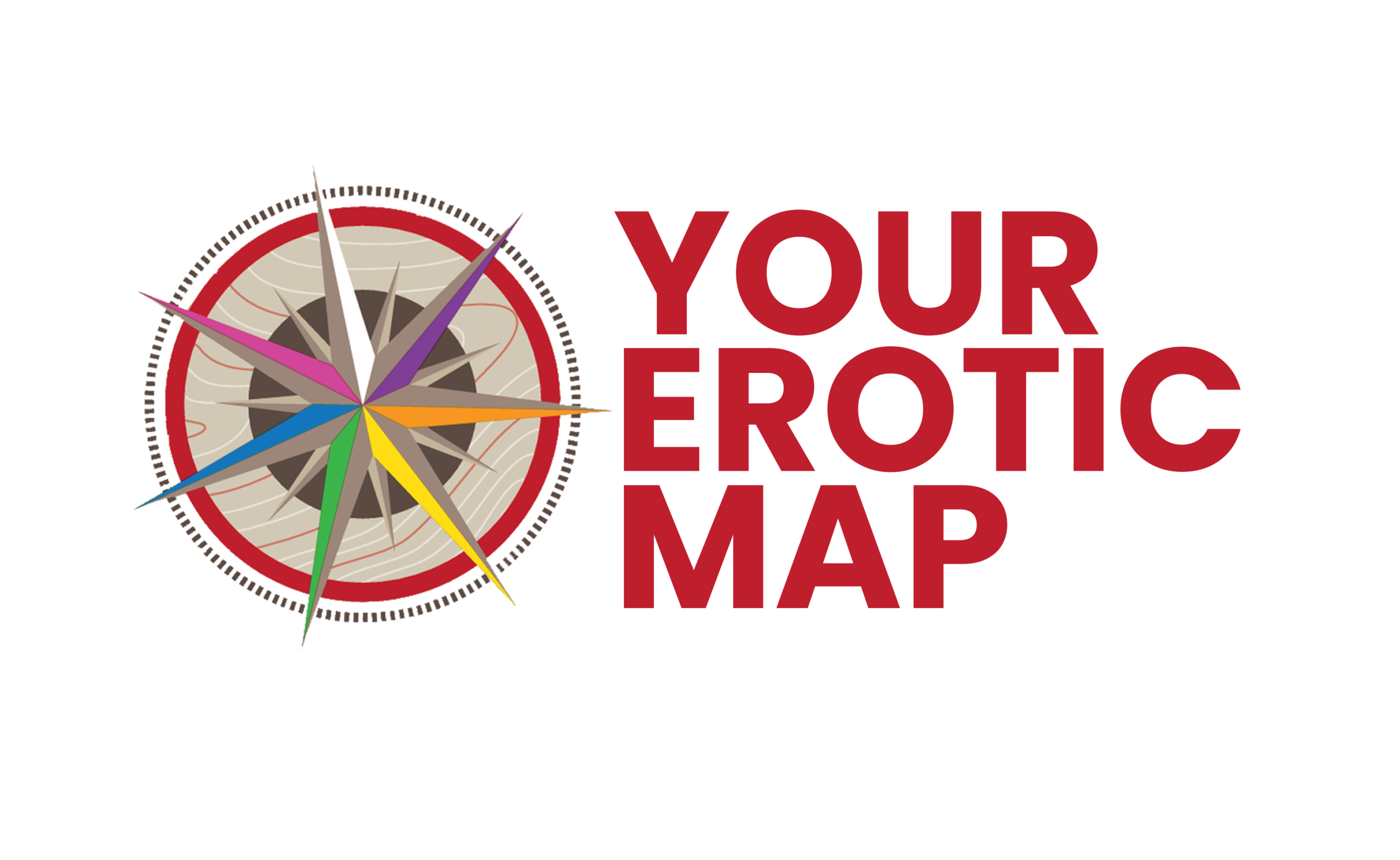This card deck draws on a diverse foundation of evidence-based models, including the PLISSIT and Biopsychosocial Models, the Six Principles of Sexual Health, and others. Together, they promote holistic, inclusive, and empowering conversations around sexuality, pleasure, and wellbeing—encouraging mindful, shame-free exploration, personal agency, and connection with self and others.
Three models were used as the framework for the development of the card deck:
PLISSIT Model
(Annon, 1976)
The model’s name is an acronym that outlines the model’s process: Giving Permission, Limited Information, Specific Suggestions, and referring a person to Intensive Therapy if the other steps have not resolved the issue.
Biopsychosocial Model
(Engel, 1977)
Looks at a holistic view of the person and their experience of distress. The approach considers the Biological, Psychological, and Social/cultural contexts impacting the individual’s experience.
Six Principles of Sexual Health
(Bruan-Harvey, 2009)
Six sexual health principles outline the ground rules from which each person can come to know their own specific individual vision of personal sexual health. The six principles provide a framework for conversations about sexual activity, sexual functioning, and sexual relationships that one can feel proud of and can create sexual self-esteem for each person. The six principles are: Consent, Non-exploitation, Honest, Shared Values, Protection from STI, HIV, & Unwanted Pregnancy, and Pleasure.
Seven models were used to create the cards:
Sensate Focus
(Masters & Johnson, 1970)
The model is about touching your body for your own interest and connecting with yourself by focusing on temperature, texture, and pressure in the present moment. Sensate Focus helps reduce spectatoring and increases sexual pleasure. It provides a series of structured touching and discovery suggestions and removes the goal mindset of orgasm so as to focus on the pleasure of the entire experience as it progresses.
Betty Dodson Method
(Dodson, 1974)
This model is about getting people to move their bodies, work their pelvic floor muscles, breathe, and release sound, combining tension and relaxation to pump blood into the erectile tissue. It’s about physical and sexual consciousness-raising and developing self-love and an independent orgasm.
The Klein Sexual Orientation Grid
(Klein, 1978)
This model is based on the theory that we must understand and accept the fact that sexual orientation is a dynamic life process, not a fixed position. A common mistake is to assume our sexual tastes remain the same.
Dual Control Model
(Janssen & Bancroft, 1996)
This model addresses sexual excitations (accelerators) vs. sexual inhibitions (breaks).
Basson Model and Responsive Desire
(Basson, 2000)
This model’s theory focused on women, but for this deck, the theory is applied to all genders. (For these cards, people) They theory states that a person makes a conscious decision to become aroused. This decision can be responsive and lead to arousal, which then triggers sexual desire. As effective stimulation continues, the arousal may build. The perspectives held by this model are sexual pleasure and satisfaction are not reliant on orgasm, though it may be a great bonus.
Good Enough Sex
(Metz & McCarthy, 2003)
This model focuses on one’s frame of mind. It suggests perspectives that challenge simplistic notions of sex and encourages couples to pursue positive, realistic meaning in their intimate lives.
Mindfulness Model
(Brotto et al., 2008)
This model focuses on improving sexual experiences through mindfulness practices. It encourages a focus on the present moment to reduce distractions and increase sexual satisfaction.




